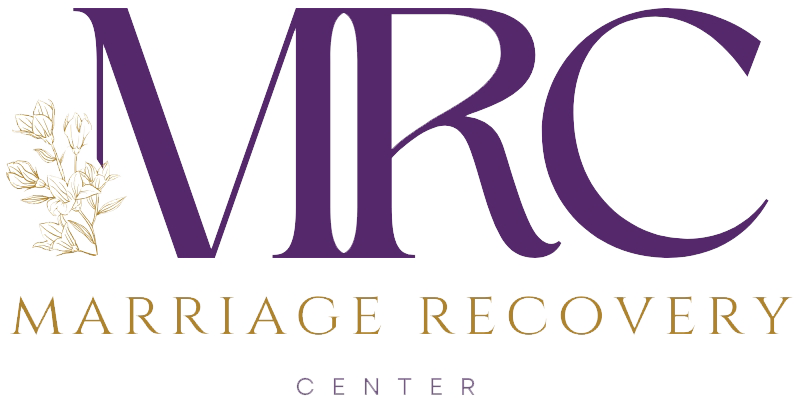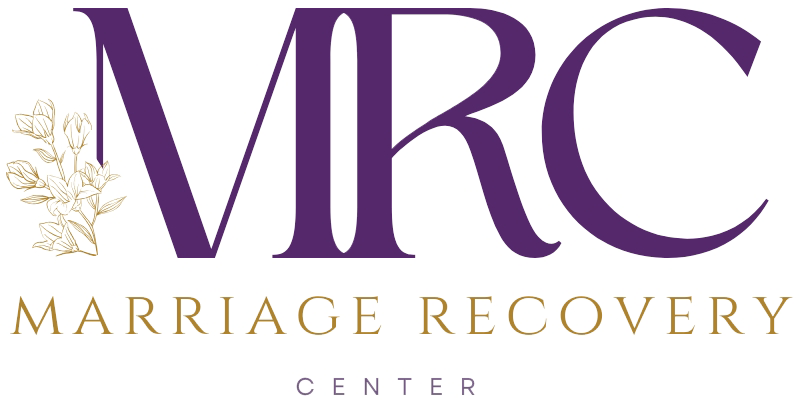Sharmen Kimbrough from the Marriage Recovery Center shares some practical tips on how to communicate with your spouse in a way that helps build the relationship, instead of creating conflict.
Tips for Building a Healthy Relationship
Communication is the cornerstone of any successful relationship. It’s the glue that binds two people together, allowing them to understand each other’s needs, desires, and perspectives. In this article, we will explore some valuable tips for building a healthy relationship through effective communication. These insights are inspired by a candid conversation about communication between a counselor and couples seeking to improve their relationships.
Speak for Yourself
One of the fundamental principles of effective communication in a relationship is speaking for yourself. When we communicate from our own perspective, we express our feelings, thoughts, and desires in a way that encourages open dialogue. Instead of pointing fingers or making assumptions about our partner’s thoughts and motives, we should use our own words to describe our emotions, thoughts, and preferences.
The act of speaking for oneself creates an atmosphere of vulnerability and authenticity. It invites our partner to share from their own perspective, fostering a deeper connection. By avoiding the trap of making judgments or accusations, we set the stage for a constructive conversation where both parties can genuinely express themselves.
Put It Out There
When addressing issues that require change or improvement in the relationship, it’s essential to frame our concerns in a constructive manner. Rather than criticizing our partner’s behavior, we should communicate what we would like to see happen differently. For example, saying, “It would really help me if we could do this,” is far more effective than stating, “Don’t ever do that again; I don’t like how it feels.”
The former approach focuses on solutions and collaboration, while the latter tends to be accusatory and defensive. By expressing our needs and desires positively, we create a platform for compromise and problem-solving. This approach encourages our partner to consider our perspective and work together to find solutions that benefit both parties.
Focus on the Nitty-Gritty
In the pursuit of a healthy relationship, it’s crucial to examine the finer details of your interactions. Instead of categorizing behaviors as either good or bad, true or untrue, consider whether they contribute to building or eroding the relationship’s foundation. This perspective shift can be a game-changer in how you approach communication.
Take a close look at the dynamics between you and your partner. Identify the actions, words, and behaviors that enhance your connection and those that hinder it. When discussing these aspects, frame the conversation around whether they are constructive or destructive to your relationship.
For example, you might say, “I’ve noticed that when we engage in this behavior, it doesn’t contribute to our connection. Can we explore alternative ways to approach this?” This approach emphasizes the shared goal of maintaining a strong and healthy relationship, rather than assigning blame or criticizing one another.
Conclusion
Effective communication is the foundation of a healthy relationship. While there is no one-size-fits-all solution for every couple, adopting some fundamental rules of engagement can significantly improve the dynamics of your conversations. Speaking for yourself, focusing on constructive change, and evaluating behaviors based on their impact on the relationship can transform how you communicate with your partner.
Remember that communication is a two-way street. By fostering an environment of open and respectful dialogue, you and your partner can not only resolve issues but also strengthen your bond. Building a healthy relationship takes effort, patience, and a willingness to learn and grow together. So, start applying these communication tips in your relationship, and watch the positive changes unfold.
To learn how we can help, reach out to us at (206) 219-0145 or info@marriagerecoverycenter.com to speak with a Client Care Specialist
Also read: How to Create your Own Emotional Safety
About Dr. Hawkins:
The internet is inundated with hyperbole and misinformation about narcissism, leaving many people confused and hopeless. Get the facts on narcissism and emotional abuse from someone who has been researching, writing about and treating narcissism and emotional abuse for over a decade.
Dr. Hawkins is a best-selling author and clinical psychologist with over three decades of experience helping people break unhealthy patterns and build healthier relationships.
He is the founder and director of the Marriage Recovery Center and the Emotional Abuse Institute which offers education, training and counseling for people who want to break free of, and heal from, emotional abuse. Whether the perpetrator of the abuse is your spouse, partner, parent, boss, friend or family member, we offer practical advice for anyone trapped in a toxic, destructive relationship.
In addition to narcissism & emotional abuse, you’ll learn about the lesser known forms of abuse, including covert abuse, reactive abuse, spiritual abuse, secondary abuse, relationship trauma and much more








